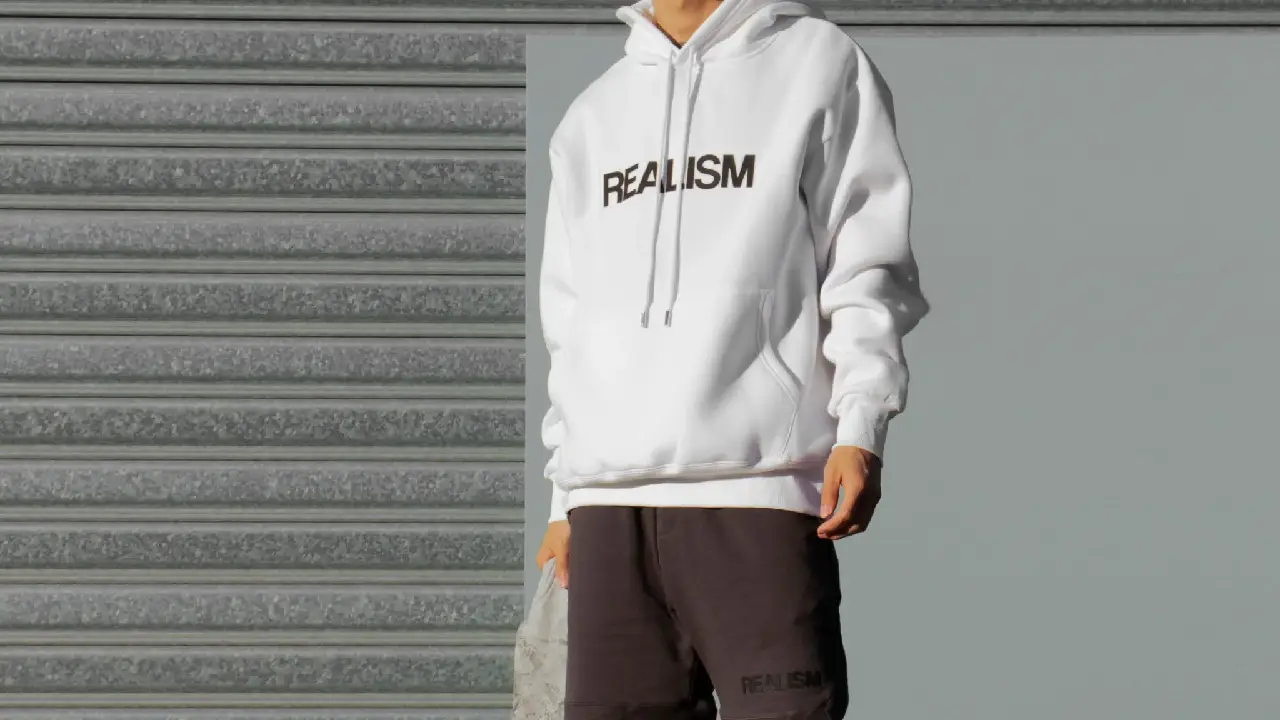Life isn’t continuously daylight and rainbows, and Realism knows that superior than any other development. Whereas a few craftsmanship and writing whisk us absent to charmed lands and culminate endings, Realism chooses a diverse way. It doesn’t sugar-coat. It doesn’t imagine. It appears us the world as it truly is—flawed, dirty, wonderful, and heartbreakingly genuine. Whether on a canvas, a page, or a screen, Realism has a way of sitting you down and saying, “Look around you. This is real.”
The Roots of Realism A Response to Romanticism
Back in the 19th century, the world was changing quick. Industrialization was reshaping cities, science was addressing long-held convictions, and working-class voices were starting to rise. In Europe, especially France, journalists and specialists started to tire of the extravagant, overstated fashion of Romanticism.
Romanticism had its charm—epic heroes, adore stories, and nature worship—but to numerous, it felt withdrawn from every day life. Enter Realism. Think of it as a counterpunch to all the fantastic optimism. Realism said, “Let’s conversation almost what’s truly happening. Let’s type in around the butcher, not the king.”
Writers like Gustave Flaubert and George Eliot started to write characters with imperfections, questions, and struggles—just like the rest of us. Craftsmen like Gustave Courbet painted working-class individuals instep of sovereignty. It was a calm disobedience but a effective one.

Realism in Writing: Stories That Feel Familiar
One of the greatest qualities of Realist writing is its crude relatability. You don’t require to be a researcher to get it it. It talks in a voice that feels commonplace, nearly like a companion telling you a story over coffee.
Take Anton Chekhov’s brief stories or Thomas Hardy’s novels—they don’t offer upbeat endings wrapped in bows. Instep, they take off you with questions, feelings, and a reflect to your claim life. Realist fiction doesn’t provide you elude; it gives you perspective.
In Australia, creators like Ruth Stop and Tim Winton have captured the Aussie soul with a Realist edge. Their characters aren’t cleaned heroes—they’re individuals you might bump into at the nearby servo or down at the shoreline. They carry the weight of genuine issues, and that’s what makes them unforgettable.
The Canvas of Realism: When Craftsmanship Mirrors Life
In visual craftsmanship, Realism found a domestic in the hands of painters who weren’t perplexed to get their hands dirty—figuratively and truly. Gone were the days of Greek divine beings and ethereal fairies. Specialists started portray coal mineworkers, agriculturists, moms, and advertise scenes.
“The Gleaners” by Jean-François Millet is a serene portrayal of country women gathering extra grain; it is not a glamorous work. However it says more approximately battle and nobility than a hundred representations of nobles ever could.
Australian Realist craftsmanship moreover started to pick up footing in the 20th century, particularly through specialists like Russell Drysdale. His frequenting scenes and stark delineations of outback life talked volumes approximately confinement, climate, and endurance—things Aussies know all as well well.
Realism in the Advanced World: Media, Film, and Photography
Realism didn’t halt at the easel or the page. It advanced. With photography, narrative film, and computerized narrating, we’ve taken Realism to a entirety unused level. Appears like The Wire or movies like Rabbit-Proof Fence don’t drag punches—they hit you with the full weight of truth.
Social media, as well, has gotten to be a present day frame of realism—raw, unedited, and prompt. Whether it’s a viral post uncovering bad form or a narrative on the taken a toll of living, Realism presently talks in pixels and hashtags.
Australia’s claim filmmakers—like Warwick Thornton and Cate Shortland—have inclined into Realist narrating, portray a picture of a country hooking with character, imbalance, and belonging.
Australia’s Calm Grasp of Realism
Though Australia isn’t continuously front-and-centre in worldwide craftsmanship developments, Realism has long been portion of the country’s imaginative soul. From bush anthems to strong Innate narrating, Aussies have utilized Realism to express the crude magnificence and battle of the arrive and its people.
Whether it’s Banjo Paterson’s depiction of the outback soul or Archie Roach’s enthusiastic narrating through melody, Australian Realism isn’t approximately bleakness—it’s almost truth.
You’ll discover it in neighborhood exhibitions, in the pages of The Month to month, or in the work of picture takers capturing drought-stricken scenes and rural life. It’s inconspicuous, but it’s there—and it’s powerful.
Why Realism Still Resonates
So why does Realism still matter nowadays, in a world so driven by daydream and sifted flawlessness? Perhaps since, profound down, we need genuineness. Life isn’t Instagram. It’s untidy, crude, and perfectly imperfect.
Realism gives voice to individuals who are regularly ignored—the working lesson, the elderly, the broken-hearted, the nonconformists. Without channels, it enables us to view ourselves and others. It doesn’t attempt to offer us a dream; it welcomes us to understand.
In a time when Realism seems uncommon, it is a calm act of defiance. It reminds us that being genuine is still radical.
Last Thoughts
Realism isn’t around gloom—it’s almost clarity. It’s not attempting to discourage you. It’s attempting to wake you up. Whether in writing, craftsmanship, or film, Realism gives us something we frantically require: trustworthiness. And in a world full of clamor, that kind of trustworthiness is priceless.
In Australia and past, Realism proceeds to grow—not boisterously, but consistently. Like a bushfire that begins with a start, its message spreads through stories, works of art, and voices that deny to be silenced.
So the another time you’re perusing a book that hits a small as well near to domestic, or observing a film that clears out you puzzled, keep in mind: that’s Realism doing its job—showing you life, not as you wish it were, but as it really is.

